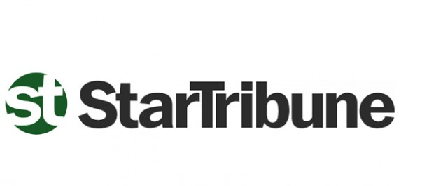Prescription for a Healthy IT Project (Post 2 of 6)
 “It would have been better to have more time,” Cheryl Campbell, a senior vice president at CGI Federal, the site designer, told the House Energy and Commerce Committee during a recent hearing on why the new federal health website has performed so poorly since its debut on October 1.
“It would have been better to have more time,” Cheryl Campbell, a senior vice president at CGI Federal, the site designer, told the House Energy and Commerce Committee during a recent hearing on why the new federal health website has performed so poorly since its debut on October 1.
Ms. Campbell’s comment makes me wonder about the planning process (or lack thereof) behind this colossal project. In my book, “Building a Winning Business,” I discuss the key role that planning plays in solid project execution. According to Gartner Group, 75 percent of software projects fail due to lack of technical consideration or poor planning.
How could a project of such magnitude been approved without a well-planned approach and realistic implementation timeline? Did CGI group agree to an unreasonable timeline in the beginning in order to win the contract? Is it possible no one from the government asked CGI the tough questions during the vendor interview process?
No matter how impressive a vendor may appear to be on paper, it all comes down to the specific people assigned to your project and their ability to get the job done. In Building a Winning Business, I dedicate an entire section to hiring and working with vendors. Rule number one: take the time to pick a good provider! This means looking at a firm’s long-term track record and the team who will be handling your work. It all begins with the vendor interview process, which I’ll explore in my next post in this series.



